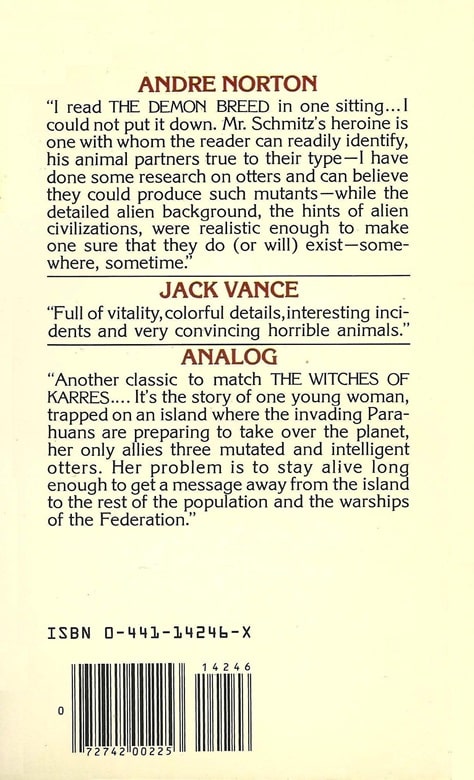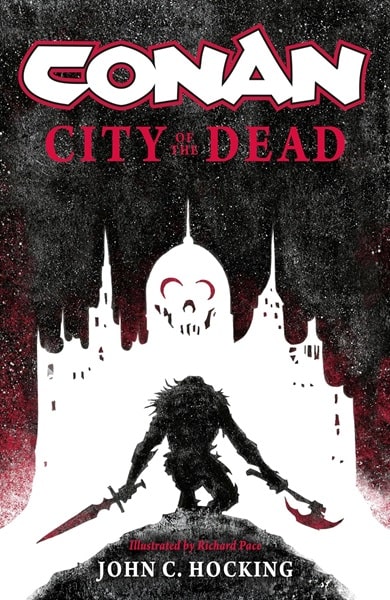The Tuvela Theory: The Demon Breed by James H. Schmitz
 |
 |
The Demon Breed (Ace Books, September 1979). Cover by Bob Adragna
Earlier this year, I visited my city library during a book sale. One of the things I spotted on their shelves was a novel by James H. Schmitz that I wasn’t familiar with. I’ve liked Schmitz since I discovered his story “Novice” in the collection Analog 2 — so I bought this one.
The Demon Breed came out in 1968, fairly late in Schmitz’s career, which lasted from 1943 to 1974. Like a large part of his work, it first appeared in Analog, where it was serialized as The Tuvela. Most of what he wrote was short fiction, including his best known story, “The Witches of Karres,” expanded into a novel with the same title in 1966; The Demon Breed is one of only four novels, and by today’s standards, a fairly short one.









